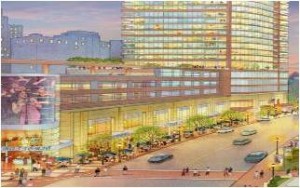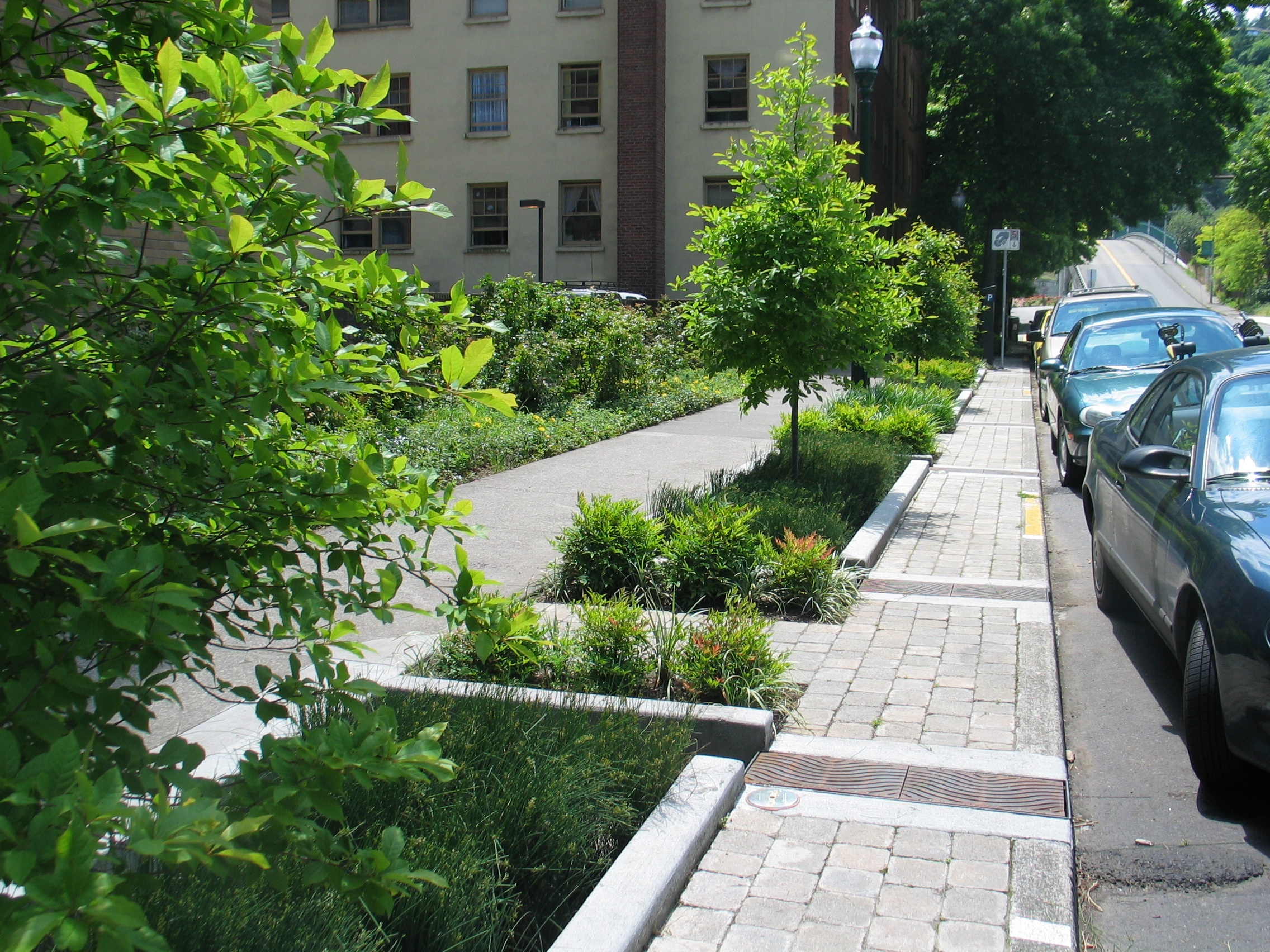New Jersey Future Blog
On Balance, New Legislative Effort Keeps Urban Transit Hub Incentives Intact
September 22nd, 2011 by Chris Sturm
A recently introduced bill (PDF) creates the Grow New Jersey Assistance Program,using funds allocated to the successful but not fully subscribed Urban Transit Hub Tax Credit program. Should this diversion of state incentives raise a red flag for smart growth and transit advocates?
First, some background. This week, the Senate Economic Growth Committee unanimously approved S3033, which would divert $200 million from the $1.5 billion allocated to the UTHTC program to create a new program of tax credits for businesses in broad smart growth areas that create or retain at least 100 jobs and invest at least $20 million. The bill would also extend the incentives to companies that relocate to vacant commercial buildings, inside or outside smart growth areas, that have more than 400,000 square feet of space.
The purpose of the UTHTC program is to help level the playing field for development between suburban locations and urban train station areas. By attracting large investments to promising but weak real estate markets around urban train stations, the program seeks to catalyze vibrant mixed-use districts, creating jobs, spurring urban redevelopment and offering workers and residents sustainable commutes. In the last 19 months, 11 applications have been approved, totaling $470 million in credits. Given the weak economy, future applications are unlikely to tap out the current $1.5 billion allocation before the program expires — in January 2013 for commercial projects, and in July 2014 for residential projects.
In addition to the $200 million diversion, S3033 contains a provision that would amend the UTHTC program to include the area around the Newark Airport train station. This sets it apart from all other train stations eligible for the UTHTC program; workers and residents cannot drive, walk or bike to this station, which is accessible only by the airport monorail, making this location inconsistent with the goals of the program.
At issue is whether passage of S3033 would weaken the competitive position currently offered to urban transit hubs. New Jersey’s short- and long-term economic health depends on redevelopment in our downtowns and near train stations, which could best be fostered by expanding the UTHTC program to provide tax credits to a broader group of smaller, but similarly well-connected, weak-market train station areas. Instead, this bill would redirect funds to broad smart growth areas and vacant buildings in rural locations, and add the Newark Airport station to the list of eligible Urban Transit Hub sites, which would appear to undermine, rather than advance, the objectives of the UTHTC program. However, by keeping the bulk of the UTHTC funding in place, urban train station areas can continue to get the boost they both need and deserve while unspent incentive funds can be used to spur redevelopment or development in smart growth locations.


















It seems to me this weakens the program, although it is only 15% of the total program. Actually, it would be better to expand the program to some bus hubs and rail stations not covered by the program currently. The Newark Airport thing is not a problem if development there has transit access and also depends on the type of development.
Tom, thanks for your comment. NJF would also prefer to see the UTHTC program expanded to additional rail stations. We’ve seen research that indicates that land near bus stations typically does not increase in value (http://dc.streetsblog.org/2011/09/12/the-housing-value-bonus-for-rail-transit-10-20-even-50-percent/), although perhaps that would not hold true for major bus stations. Thoughts?
Chris